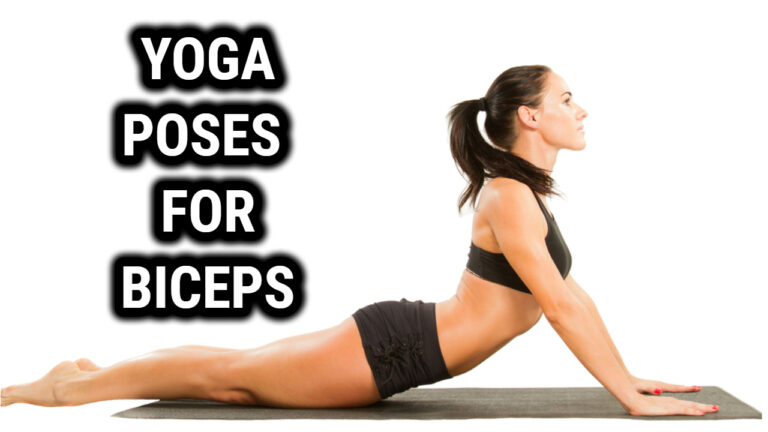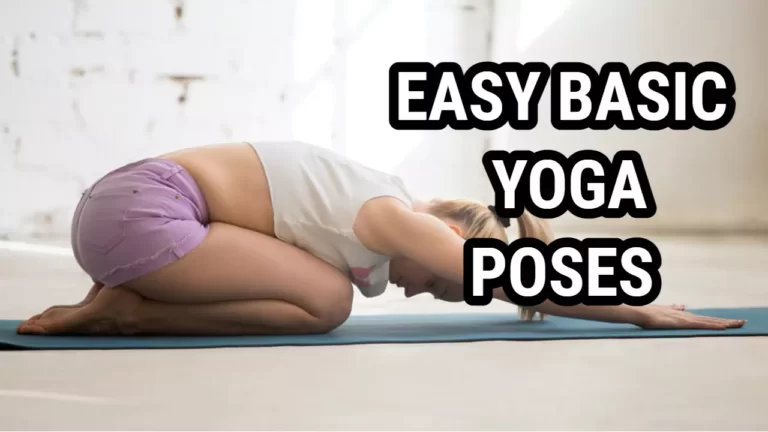9 Benefits of Vajrasana for Your Mind and Body

Vajrasana, also known as the Diamond Pose or Thunderbolt Pose, is a popular yoga pose that has been practiced for centuries. It is a sitting asana that involves sitting on the heels with the toes pointing outward and the palms resting on the knees.
Practicing Vajrasana regularly offers several health benefits for the body and mind. Some of the benefits include improved digestion, strengthening of pelvic muscles, and relief from constipation. It is also believed to help reduce stress and anxiety, improve blood circulation, and promote mental clarity and focus.
We will explore nine benefits of Vajrasana in more detail. Whether you are a seasoned yogi or just starting out, incorporating this pose into your daily routine can have a positive impact on your overall health and well-being.
What is Vajrasana?
Vajrasana is a yoga pose that has been practiced for centuries in India. It is also known as the Diamond Pose because the word “vajra” means diamond in Sanskrit. This pose involves sitting on the floor with the legs folded and the buttocks resting on the heels. The hands are placed on the knees, palms down, and the back is kept straight. It is a simple and easy pose that can be practiced by people of all ages and fitness levels.
Vajrasana is often used as a meditation pose because it helps to calm the mind and improve concentration.
Vajrasana can be practiced for a few minutes every day to reap its benefits. It is important to remember to breathe deeply and evenly while holding the pose. If you experience discomfort or pain while practicing vajrasana, it is recommended to stop and consult with a yoga instructor or healthcare provider.
9 Benefits of Vajrasana
1. Improves Digestion
Vajrasana is known to improve digestion by increasing blood flow to the digestive system. It stimulates the digestive organs, which enhances their functioning and helps to relieve constipation and other digestive issues. Practicing Vajrasana after meals can also aid in the digestion process.
2. Reduces Acidity and Flatulence
Regular practice of Vajrasana can help to reduce acidity and flatulence. It can also help to prevent the formation of gas in the stomach, which can lead to bloating and discomfort.
3. Helps in Weight Loss
Vajrasana can aid in weight loss by improving digestion and reducing abdominal fat. It also helps to regulate the metabolism, which can lead to an increase in energy and a decrease in body weight.
4. Strengthens the Back
Vajrasana strengthens the muscles of the back and improves posture. It can also help to relieve back pain and prevent the development of spinal problems.
5. Relieves Knee Pain
Vajrasana is beneficial for those suffering from knee pain as it strengthens the knee joints and increases flexibility. It also helps to reduce inflammation and swelling in the knees.
6. Helps in Treating Urinary Problems
Vajrasana is known to be beneficial for those suffering from urinary problems. It can help to prevent urinary tract infections and improve bladder control.
7. Reduces Stress and Anxiety
Vajrasana helps to reduce stress and anxiety by calming the mind and promoting relaxation. It can also help to improve concentration and mental clarity.
8. Improves Blood Circulation
Vajrasana helps to improve blood circulation in the lower body, which can help to prevent varicose veins and other circulatory problems.
9. Enhances Sexual Functioning
Vajrasana can help to enhance sexual functioning by improving blood flow to the pelvic region. It can also help to increase libido and improve sexual stamina.
How to Perform Vajrasana?
Vajrasana is a simple yoga pose that can be practiced by anyone. Here are the steps to perform Vajrasana:
- Start by kneeling on the floor with your knees together and your feet flat on the ground.
- Place your hands on your thighs and sit up straight, keeping your spine erect.
- Slowly shift your weight back onto your heels, making sure to keep your knees together.
- Rest your buttocks on your heels and place your palms on your thighs.
- Close your eyes and breathe deeply, holding the pose for as long as you are comfortable.
It is important to note that Vajrasana should be practiced on an empty stomach. It is recommended to wait at least two hours after eating before practicing this pose.
Additionally, if you have any knee or ankle injuries, it is best to avoid this pose or consult with a yoga instructor before attempting it.
Precautions to Take While Practicing Vajrasana
Vajrasana is a low-impact yoga pose that can be practiced by most people, but there are some precautions to take to avoid injury or discomfort. Here are some things to keep in mind:
- Avoid practicing Vajrasana if you have recently had a knee injury or have severe pain in your knees or ankles.
- If you have any joint pain or inflammation, it’s best to avoid this pose or modify it by using props such as a cushion or blanket.
- Do not practice Vajrasana immediately after a meal, as it can interfere with digestion and cause discomfort.
- Be mindful of your body and avoid pushing yourself too hard. If you experience any pain or discomfort, come out of the pose slowly and gently.
- It’s important to maintain proper alignment in this pose to avoid putting undue stress on your joints. Make sure your knees are aligned with your ankles and your spine is straight.
- If you have any medical conditions or concerns, it’s always a good idea to consult with your doctor before starting a new yoga practice.
By taking these precautions and listening to your body, you can safely enjoy the many benefits of Vajrasana without putting yourself at risk for injury or discomfort.
Conclusion
Vajrasana is a simple yet powerful yoga pose that offers numerous health benefits. It is a great way to improve digestion, strengthen pelvic muscles, and relieve constipation. Regular practice of Vajrasana can also help reduce stress, improve concentration, and promote better sleep.
Additionally, Vajrasana can help improve joint health, increase flexibility, and enhance blood circulation. It is a great pose for people of all ages and fitness levels, and can be easily incorporated into a daily yoga routine.
Vajrasana is a wonderful yoga pose that offers a wide range of health benefits. Whether you are looking to improve your digestion, reduce stress, or simply enhance your overall well-being, Vajrasana is definitely worth a try.





